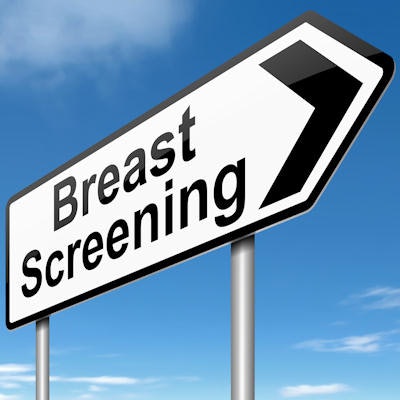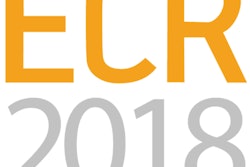
Community practices are not following guidelines for breast cancer screening with MRI in women at increased risk of the disease, according to a new study published online December 7 in the Journal of General Internal Medicine.
Currently, the American Cancer Society (ACS), the American College of Radiology (ACR), and the Society of Breast Imaging (SBI) all recommend that women with a 20% or more risk of breast cancer undergo MRI in addition to mammography. But researchers from the University of New Mexico found that these women are not receiving MRI scans, whereas lower-risk groups are being scanned too often.
A team led by Deirdre A. Hill, PhD, analyzed data from the Breast Cancer Surveillance Consortium (BCSC) that included 348,955 women in five regional BCSC regional registries who received mammograms. Of these, 1,499 also underwent MRI scanning. Hill and colleagues assessed the chances of a woman receiving a breast MRI scan considering risk factors such as family history of breast cancer.
The group found that community practices are not using screening MRI according to the current professional guidelines: 82.9% of screening MRIs were performed on women who did not meet the guidelines, and of these, 35.5% fell in the low- to average-risk group. Only a fraction of the women who actually met professional guidelines for additional screening MRI underwent the exam, according to the researchers.
"Our data suggest that women with less than 20% lifetime risk [of breast cancer] based on family history, but who have high breast density, breast atypia, or abnormal cell growth called lobular carcinoma in situ, undergo MRI at many times the rate of other women, although the harms and benefits in this population are uncertain and the cost-benefit ratio may exceed established benchmarks," Hill said in a statement released by the journal. "Breast MRI use that is not concordant with guidelines ... poses distinct challenges to effective resource allocation in breast cancer screening."





















